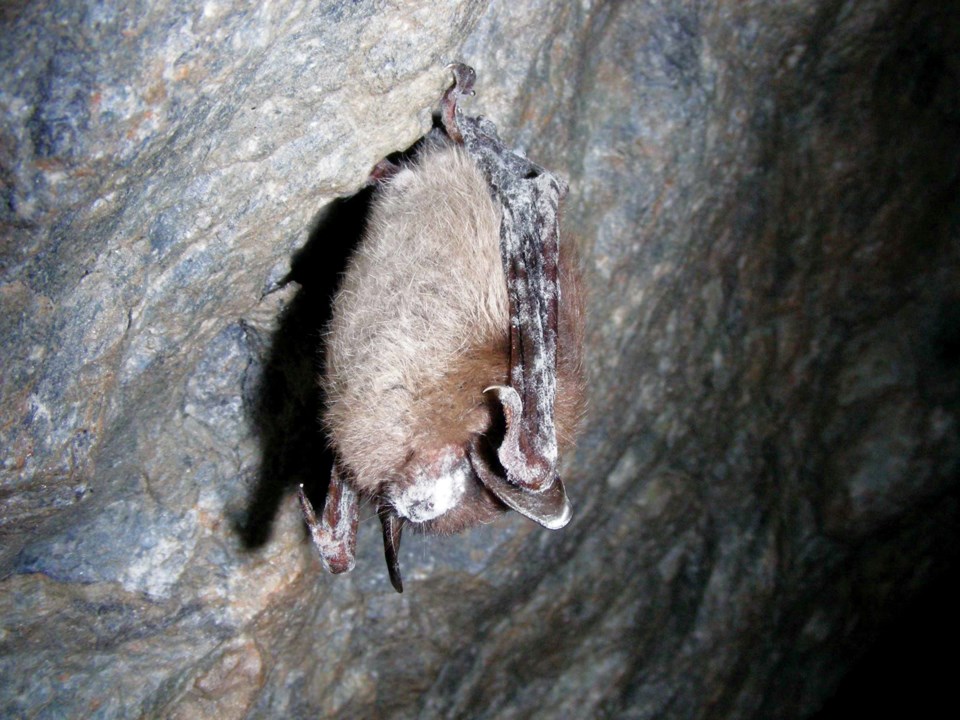B.C. bats are facing an imminent threat. White nose syndrome (WNS), a fungal disease responsible for the death of millions of bats in eastern North America, has moved to the West Coast. Confirmed in Washington State in 2016 and 2017, the presence of the fungus is very worrisome for the health of bat populations as it causes close to 100 per cent mortality in some species.
The Sunshine Coast Wildlife Project is asking for help from community members to track the spread of white nose syndrome. The typical first sign of this disease is bats flying during the winter, an unusual sighting at a time of year when bats are hibernating. Another sign is the appearance of dead bats as they succumb to the effects of WNS.
If you observe bats flying in winter or find a dead bat, please contact the Wildlife Project at [email protected] or 604-989-1007. Bat carcasses will be picked up and submitted for testing. Never touch a dead bat with your bare hands.
Currently there are no treatments for white nose syndrome. However, mitigating other threats and preserving and restoring bat habitat may provide bat populations with the resilience to rebound. As a member of the BC Community Bat Program, the Wildlife Project is working with the B.C. government and other community organizations and biologists across the province to monitor bat activity and to conserve and enhance bat habitat. For more information, visit www.bcbats.ca or www.facebook.com/coastwildlife.
– Submitted by Michelle Evelyn



